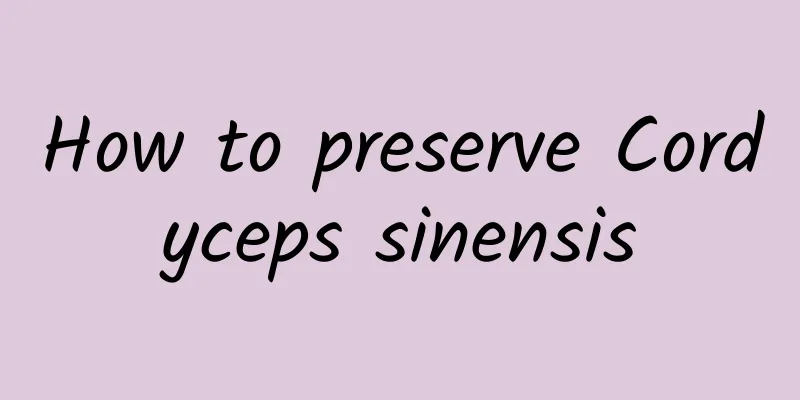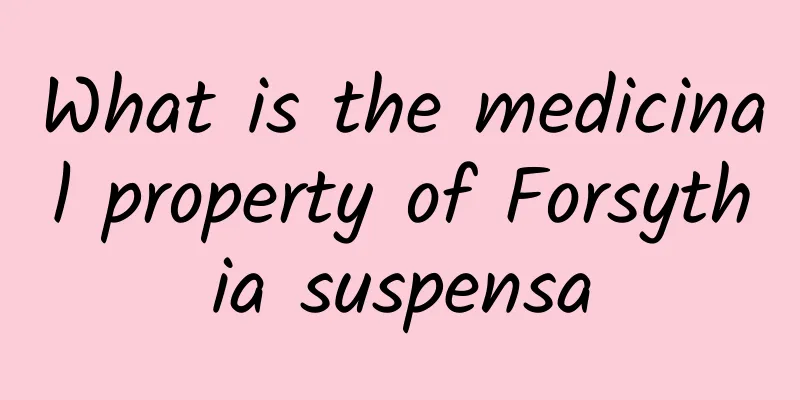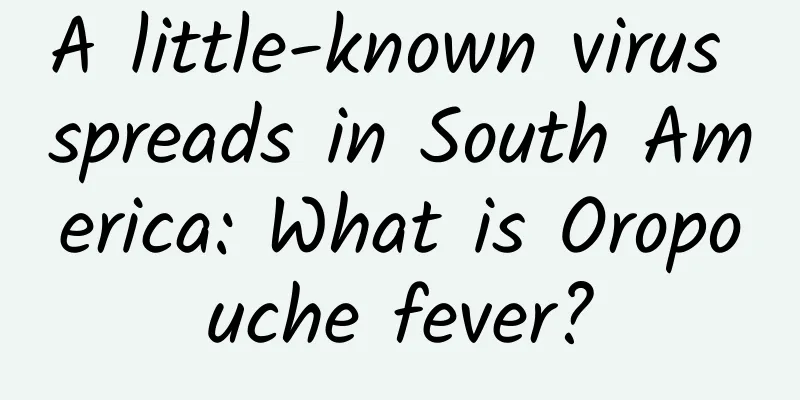How to preserve Cordyceps sinensis

|
Cordyceps sinensis is generally used as a good tonic health product and is a great gift. However, we all know that the storage of Cordyceps sinensis cannot be ignored, because if it is not stored properly, it will easily lead to termites. Therefore, every time you buy it, you must pay attention not to take too much and also master the correct storage method of Cordyceps sinensis. The amount of Cordyceps that an average family buys each time will be slightly more than the amount for one dose, so it is necessary to pay attention to the storage of Cordyceps. The key points of Cordyceps storage are moisture-proof, moth-proof and insect-proof. If the quantity is small and the storage time is short, just put it in a cool and dry place. Or place it with Sichuan pepper or Cortex Moutan in a sealed glass, refrigerate it, and take it out when needed. If the quantity is large or needs to be kept for a long time, it is best to put some desiccant such as silica gel where the Cordyceps is placed, because the newly purchased Cordyceps are a little damp and will easily become moldy and infested with insects if left for a long time. When Cordyceps is exposed to moisture, it will turn into a seedling, that is, the worm body will become a hollow shell and become flat after being pinched, but the quality of the Cordyceps will be reduced. If you spray Cordyceps with white wine (250 ml of wine per kilogram), spray it with water after spraying, and fumigate it with sulfur, it can be kept from rotting for several months. If Cordyceps is found to be damp, it should be exposed to the sun immediately. If there are insects, you can fumigate it with sulfur or bake it slightly with charcoal fire, and then sift out the pests and wood debris. Cordyceps should not be stored for too long, as its efficacy will decrease. Since the 1980s, oxygen removal and preservation technology has been gradually applied in various parts of my country and applied to the storage of Cordyceps sinensis. Studies have shown that Cordyceps maintained using deoxygenation and fresh-keeping methods maintains its quality without any insect damage or loss during a storage period of up to 2 years. Compared with the chloropicrin fumigation method, it has many advantages. Not only is the total crude protein content of Cordyceps higher than the latter, but it is also non-toxic and harmless, and can kill insects and sterilize quickly and thoroughly without affecting the effective ingredients and product quality of Cordyceps. It is also convenient for storage and inspection and has strong safety. Only by understanding and mastering the preservation techniques of these health products can we eat more nutritiously and healthily in our lives. Because we all find that sometimes, when cheap food becomes moldy, we can throw it away directly, but if it is too expensive, it would be a pity to throw it away, so we should pay more attention to these preservation techniques. |
<<: How to store Chinese medicine
>>: How to preserve dandelion?
Recommend
Is your child always procrastinating? The real reason is not as simple as you think
The child is too slow, I have to push him! ! In f...
Can't eat anything if you have diabetes? Beware of malnutrition!
Image from: freepik.com According to data from th...
What are the health benefits of wolfberry?
What are the health benefits of eating wolfberry?...
The efficacy and function of Aster tataricus
We can often see Aster tataricus in daily life, s...
The second Lop Nur? Qinghai Lake, with its rich "green heritage", refuses!
Qinghai Lake is called a lake, but it looks more ...
How to pour the perfect beer while watching a game?
Author: Li Cunpu, Associate Professor, College of...
Installing cameras at home? Not recommended
Recently, the topic #Police recommend not to inst...
Mouse snake's functions and effects
Mouse snake is a commonly used medicinal material...
What are the medicinal values of mango seeds?
Mango is a common fruit in daily life and has man...
What happens if you eat too much red ginseng?
I believe that for many mothers who have just giv...
Fasting = stimulating cell autophagy, can it improve Alzheimer's disease?
Recently, Rong seems to like talking about food. ...
The efficacy and function of Drynaria fortunei
Traditional Chinese medicine culture is profound ...
The efficacy and function of banyan leaves
The Chinese medicinal material Banyan leaf is a v...
The efficacy and function of Huixincao
The Chinese herbal medicine Huixincao is a relati...
Unexpectedly! This place on earth is the best place to see the stars
"Sitting on the ground, I can travel eighty ...









